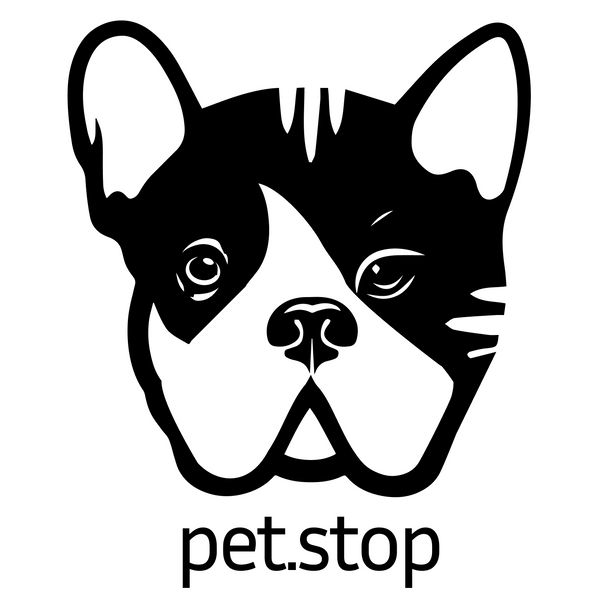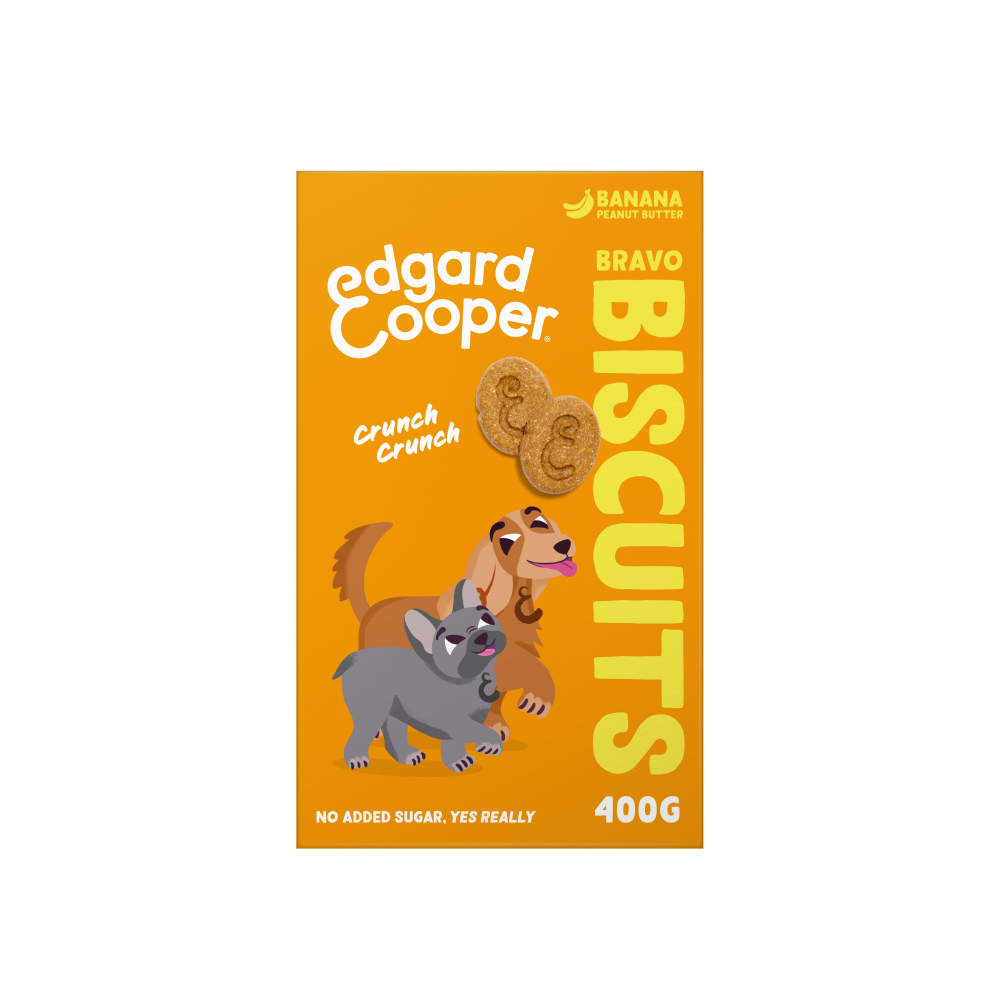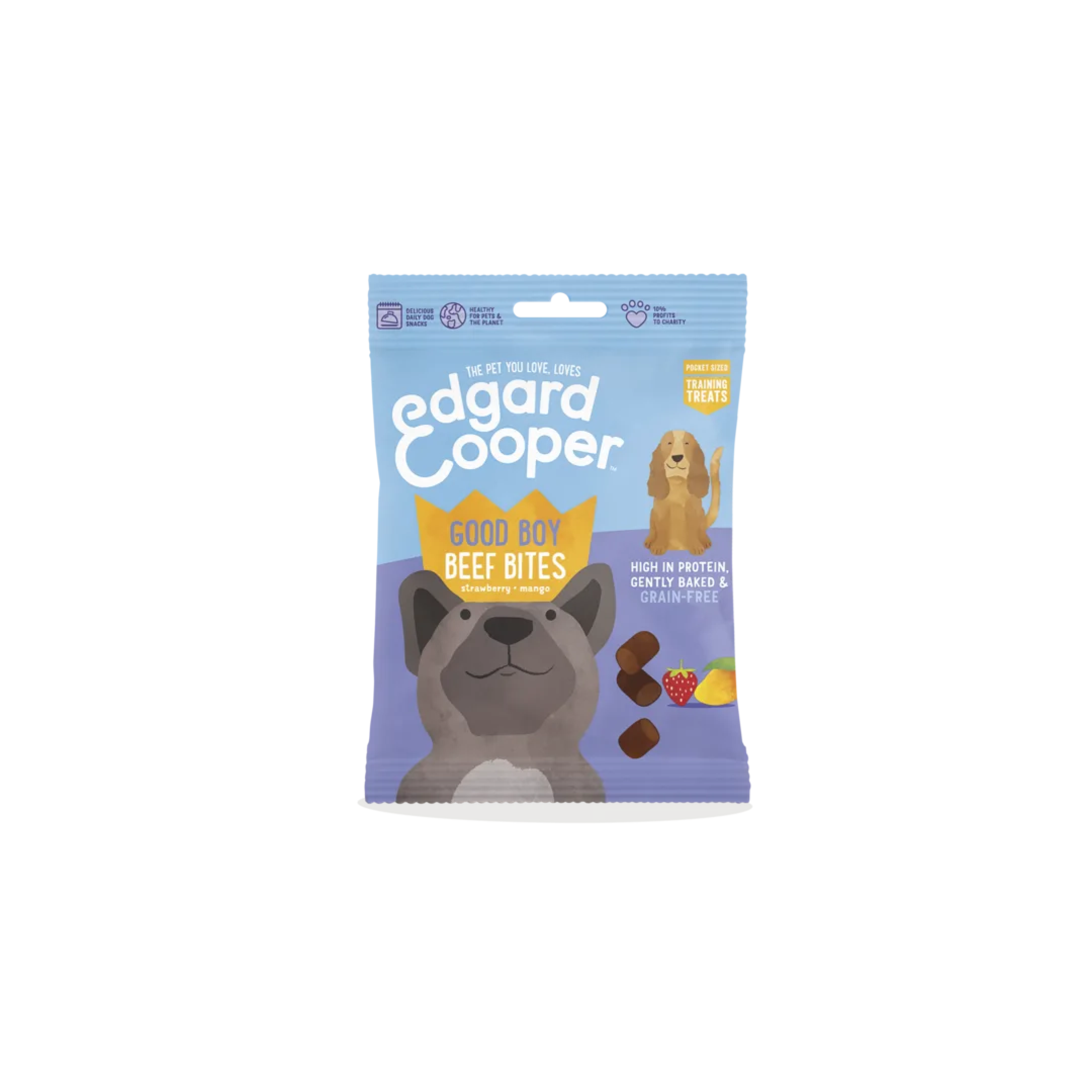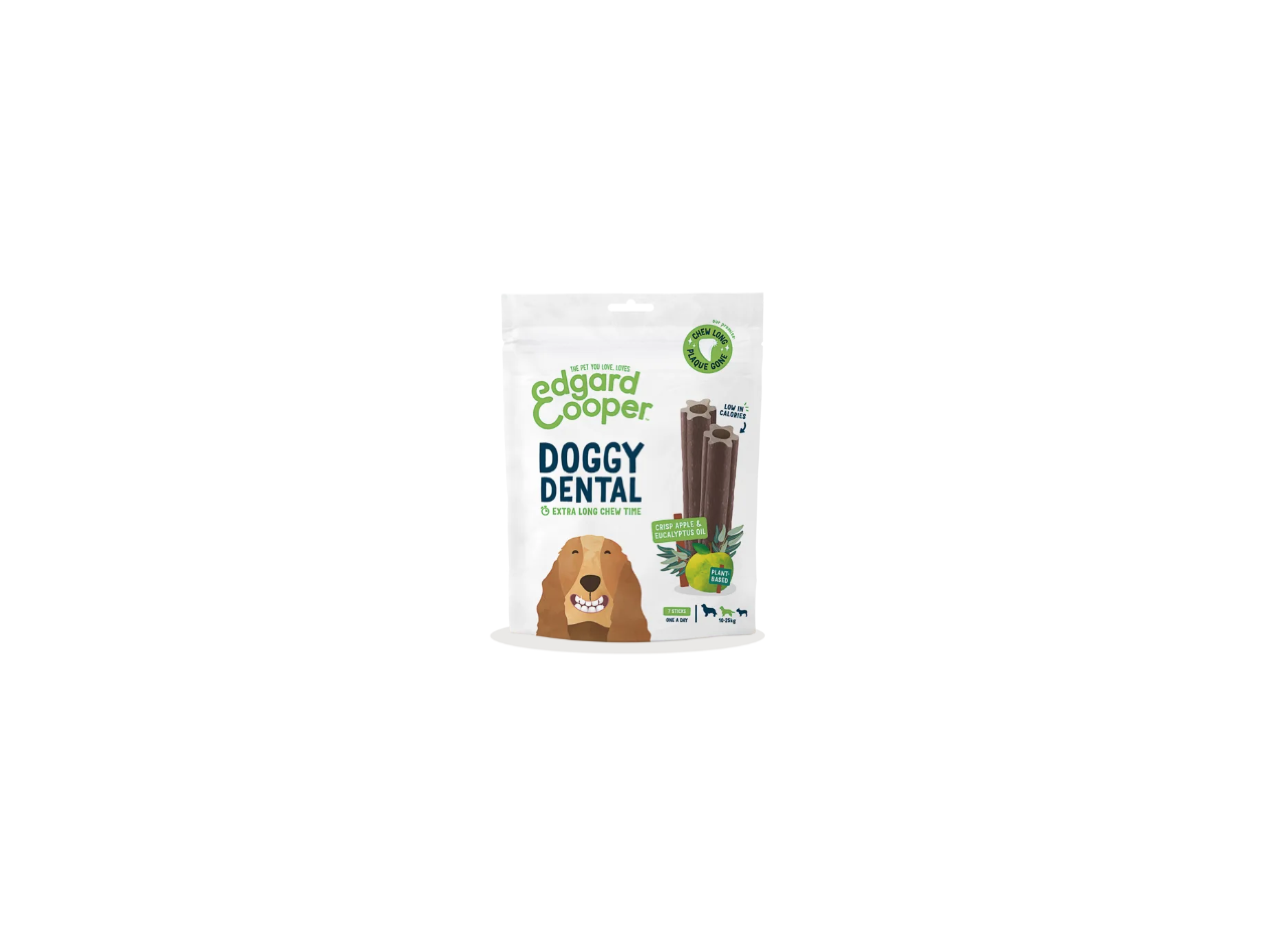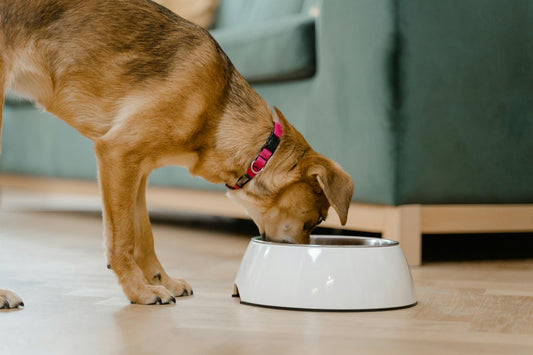Many store-bought dog toys lack flavor and are often filled with fillers. Homemade versions can be customized to suit a dog's tastes and dietary needs. This not only makes the toys more appealing but also helps in maintaining a dog's interest during play.
Whether it's using fruits, vegetables, or meat, there are numerous options to consider. These health treats can improve a dog's physical well-being and mental stimulation, making playtime more enjoyable for both the pet and owner.
Understanding Dog Toy Stuffers
Dog toy stuffers are edible or non-edible fillings used to enhance the play experience for pets. They can provide taste, encourage chewing, and promote dental health.
Common types of stuffers include:
- Peanut Butter: A favorite among dogs, it’s safe when unsweetened and free of xylitol.
- Pumpkin Puree: Low in calories and good for digestion.
- Yogurt: A source of protein and probiotics. Choose plain, unsweetened varieties.
- Carrots: Crunchy and nutritious, they hold up well within toys.
Stuffers can also include treats that provide additional stimulation. Dogs enjoy the challenge of working to get their favorite morsels out.
When selecting stuffers, consider the following:
- Nutritional Content: Avoid items high in fat or sugar.
- Safety: Ensure there are no choking hazards.
- Digestibility: Choose foods that are easy for dogs to digest.
Stuffers can be frozen to create a longer-lasting challenge. Simply fill the toy and freeze it. This makes the experience more engaging for dogs, especially during warmer months.
Incorporating various stuffers allows for creativity and can cater to a dog’s specific preferences. Regular rotation of fillings can maintain a dog’s interest and enthusiasm.
Health Benefits of Homemade Stuffed Toy Recipes
Creating homemade stuffed dog toys using healthy ingredients can significantly enhance a dog's diet and well-being. The right recipes can provide nutritional value while also contributing to good dental health.
Nutritional Advantages
Homemade stuffed toy recipes often utilize wholesome ingredients. These can include lean meats, vegetables, and whole grains. This combination ensures dogs receive essential vitamins, minerals, and proteins that support their overall health.
- Lean Proteins: Ingredients like chicken or turkey offer vital amino acids.
- Vegetables: Carrots, peas, and sweet potatoes enrich meals with fiber and antioxidants.
- Whole Grains: Brown rice or oats serve as nutritious filler options.
These components not only satisfy a dog's hunger but also help maintain a balanced diet. Dogs can benefit from controlled portion sizes, ensuring they receive adequate nutrition without overindulging.
Dental Health Considerations
Homemade stuffed toys can also promote dental health. Certain ingredients can aid in cleaning teeth while dogs chew on the toys.
- Tough Textures: Using tougher ingredients can help scrape plaque off teeth.
- Natural Chewables: Incorporating items like sweet potato can assist in maintaining gum health.
Regular chewing helps prevent tartar buildup and strengthens jaws. By choosing well-considered ingredients, pet owners can streamline dental care while providing an enjoyable and engaging activity.
Selecting Safe Ingredients
Choosing safe ingredients is essential for making healthy treats for stuffed dog toys. Not all foods are suitable for dogs, so careful selection is crucial.
Safe Ingredients Include:
- Peanut Butter: Ensure it is xylitol-free.
- Pumpkin: Plain canned pumpkin is a great choice.
- Carrots: Raw or cooked, they are nutritious and safe.
- Oatmeal: Use plain, unflavored varieties for added fiber.
Ingredients to Avoid:
- Chocolate: Highly toxic to dogs and should never be used.
- Grapes and Raisins: Can cause kidney failure in dogs.
- Onions and Garlic: Harmful to red blood cells in dogs.
- Xylitol: Common in sugar-free products and extremely toxic.
When selecting ingredients, look for those that are high in protein and low in fat. This supports a balanced diet.
Reading labels is important. Always check for additives or chemicals that may be harmful.
Incorporating fresh fruits and vegetables can add variety. However, it’s vital to research their safety before use.
Consulting with a veterinarian can provide additional guidance on suitable ingredients. This can ensure the treats are both enjoyable and healthy for dogs.
Types of Stuffable Toys
Stuffable dog toys come in various materials and designs, each offering unique benefits for both pets and owners. Understanding these types can help in choosing the best one for a dog’s specific needs.
Rubber Toys
Rubber toys are durable and ideal for aggressive chewers. They often feature hollow interiors, which allow for easy stuffing with treats or peanut butter.
These toys come in multiple shapes and sizes, catering to different dog breeds. Their resilience makes them suitable for outdoor play, as they withstand tough conditions and are generally easy to clean.
Another advantage is the ability of rubber to promote dental health. Chewing on these toys can help reduce plaque and tartar build-up. Products like KONG toys are popular examples of this category.
Fabric Toys
Fabric toys offer a softer alternative for dogs that prefer gentler textures. They can be filled with various stuffing, including treats, squeakers, or crinkle materials to enhance engagement.
These toys typically come in various designs, such as plush animals or simple shapes, appealing to dogs' instincts to carry and cuddle. Regular washing is necessary to maintain hygiene.
Some fabric toys contain a crinkly material that dogs find irresistible, keeping them entertained and engaged over time. While not as durable as rubber toys, they provide comfort and companionship for many dogs.
Interactive Puzzle Toys
Interactive puzzle toys challenge a dog's cognitive abilities while making treat time more stimulating. These toys often require dogs to solve tasks or manipulate components to access the hidden treats.
They come in different difficulty levels, catering to both novice and advanced users. Some toys feature sliding pieces, while others may require lifting or flipping.
These toys can prevent boredom and help with separation anxiety. Dogs often receive mental and physical stimulation from these engaging activities. Examples include toys like Nina Ottosson puzzles that blend fun with learning.
Recipe Ingredients
Choosing the right ingredients is crucial for creating healthy and tasty stuffed dog toys. A balance of protein sources, vegetables, fruits, and suitable grains ensures the treats are both nutritious and appealing to dogs.
Protein Source Selection
When selecting protein sources for stuffed dog toys, consider lean meats like chicken, turkey, or beef. These are excellent options as they provide essential amino acids for muscle development and overall health.
Fish, particularly salmon, is another beneficial protein. It's rich in omega-3 fatty acids, supporting a shiny coat and healthy skin.
For vegetarian alternatives, options like lentils or chickpeas can be utilized. These are high in protein and fiber, promoting digestive health.
Always opt for cooked proteins to eliminate harmful bacteria and avoid any seasoning or additives.
Vegetable and Fruit Inclusions
Incorporating vegetables and fruits enriches the nutritional value of dog treats. Carrots are a fantastic choice; they are low in calories and high in vitamins.
Sweet potatoes work well too, providing fiber and a natural sweetness that dogs usually enjoy. These can be mashed for easy stuffing.
Common fruits like apples and blueberries are also beneficial. Apples offer vitamins A and C, while blueberries are rich in antioxidants. Be sure to remove seeds and cores from fruits before including them.
A mixture of these vegetables and fruits can create varied flavors and textures, enhancing the overall appeal of the treats.
Grain and Gluten-Free Options
For those concerned with allergies or sensitivities, opting for grain-free alternatives is wise. Ingredients such as pumpkin puree or quinoa serve as excellent bases.
Pumpkin is not only gluten-free but also aids in digestion. Quinoa is a complete protein source, providing all essential amino acids, making it a great choice for grain-free diets.
If grains are acceptable, oats can be an option. They are gentle on the stomach and provide fiber.
Regardless of the choice, always ensure ingredients are dog-safe and prepared without harmful additives. This focus on quality will keep the stuffed toys healthy and enjoyable.
Recipe Preparation Basics
Preparing health treats for stuffed dog toys involves understanding key mixing techniques and effective stuffing methods. Each step ensures the treats are nutritious and appealing to dogs.
Mixing Techniques
When mixing ingredients, it's important to achieve a consistent texture that is easy to scoop and stuff into toys. Begin with a solid base, such as oat flour or sweet potato puree. These provide excellent binding properties.
Utilize a mixing bowl and a sturdy spoon or spatula. It may be beneficial to use a stand mixer for larger batches to ensure even distribution.
To enhance flavor, consider adding dog-safe ingredients like peanut butter or pumpkin. Blend until smooth, ensuring that dry ingredients are fully incorporated. Consistency is key; the mixture should not be too runny or dry. Adjust with additional liquid or flour as needed.
Stuffing Methods
Stuffing dog toys requires attention to volume and distribution. Start by selecting a toy with an appropriate opening. Fill it gradually to avoid overstuffing.
A piping bag can be useful for more precise filling. Ensure that the mixture is compacted but not excessively packed, allowing dogs to easily access the treat inside.
For added fun, include small treat pieces or kibble within the mixture. This variety makes the toy more engaging and encourages longer playtime.
After stuffing, seal the opening if the design allows, to keep the treats secure. Store any excess treats in an airtight container in the refrigerator for freshness.
Recipe Ideas
Creating tasty and nutritious treats for stuffed dog toys can be fun and rewarding. Here are some simple recipes.
Peanut Butter and Pumpkin
-
Ingredients:
- 1 cup peanut butter (unsweetened)
- 1 cup pumpkin puree
- 2 cups whole wheat flour
- 1 egg
-
Instructions:
- Mix all ingredients until a dough forms.
- Roll into small balls and stuff into toys.
Chicken and Rice
-
Ingredients:
- 1 cup cooked chicken (shredded)
- 1/2 cup cooked rice
- 1/4 cup carrot (finely chopped)
-
Instructions:
- Combine all ingredients in a bowl.
- Stuff the mixture into dog toys for a protein boost.
Sweet Potato Chews
-
Ingredients:
- 1 sweet potato (peeled and sliced)
-
Instructions:
- Bake slices at 250°F (120°C) for 3 hours.
- Allow to cool before stuffing into toys.
Yogurt Treats
-
Ingredients:
- 1 cup plain yogurt
- 1 banana (mashed)
-
Instructions:
- Mix yogurt and banana.
- Freeze in toy, then serve as a cool treat.
These ideas provide variety, combining taste and nutritional value for dogs to enjoy.
Storing Stuffed Toys
Proper storage of stuffed toys is essential to maintain their freshness and safety for pets. Following specific guidelines for refrigeration and freezing can help retain the flavor and nutritional value of the treats.
Refrigeration Guidelines
Stuffed dog toys filled with perishable ingredients should be kept in the refrigerator. This method helps prevent spoilage and keeps the treats fresh for longer periods.
- Temperature: Ensure the refrigerator is set to 40°F (4°C) or below.
- Storage Container: Use an airtight container to prevent moisture and odors from affecting the treats.
- Duration: Generally, stuffed toys can be refrigerated for up to 3 days. Check for any signs of spoilage before use.
If the treats contain ingredients that spoil quickly, it's best to consume them sooner rather than later.
Freezing Techniques
For longer storage, freezing stuffed dog toys is an effective method. It preserves the treats and allows for extended freshness.
- Preparation: Wrap each toy tightly in plastic wrap or aluminum foil to avoid freezer burn.
- Storage Bags: Place wrapped toys in freezer-safe bags, removing excess air for optimal storage.
- Duration: Stuffed toys can be frozen for up to 2 months.
Before serving, thaw the toys in the refrigerator for several hours. Ensuring thorough thawing is important for maintaining quality and safety.
Cleaning and Safety Tips
Keeping stuffed dog toys clean is essential for a pet's health. Regular cleaning prevents the buildup of bacteria and odors.
Use Safe Cleaning Methods:
- Washable Toys: Check if the toy is machine washable. Clean it in hot water and let it air dry.
- Non-Toxic Cleaners: Use pet-safe detergents to avoid harmful chemicals.
- Spot Cleaning: For areas that cannot be washed, use a damp cloth with mild soap.
Inspect for Damage:
He should frequently check stuffed toys for wear and tear. Sharply torn seams or exposed stuffing can be hazardous.
Supervise Playtime:
Always observe pets while they play with stuffed toys. This ensures safety and helps prevent accidental ingestion of small parts.
Storage Considerations:
Store toys in a dry place to avoid mold growth. Avoid leaving toys outside, as they can accumulate dirt and insects.
Rotating Toys:
Rotating toys can keep a pet engaged and reduce wear. This strategy also allows for proper cleaning of each toy.
By following these guidelines, pet owners can ensure that stuffed toys remain safe and enjoyable for their pets. Regular maintenance contributes to a healthier environment for playful companions.
